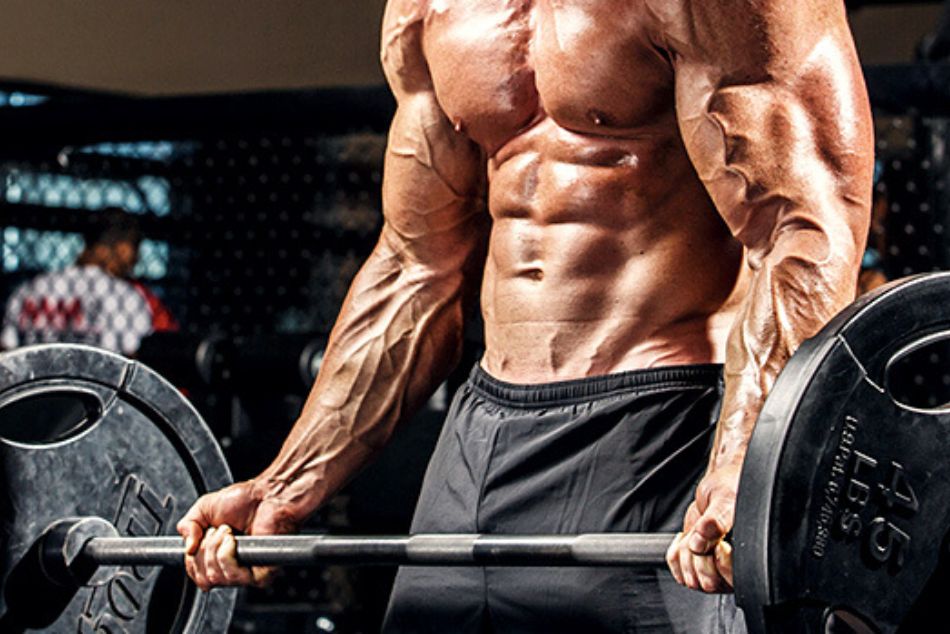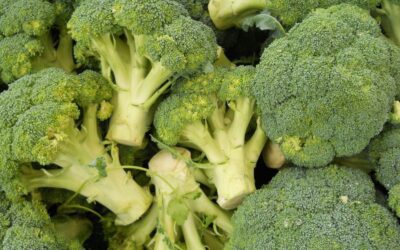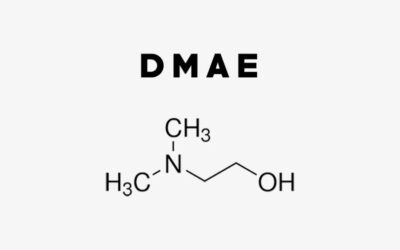A Quick Guide to Make Your Bodybuilding Workouts Effective for Size & Strength
Bodybuilding is a widely embraced and fulfilling activity among fitness enthusiasts who aim to increase muscle mass and improve physical strength. Similarly, a well-developed physique requires commitment, self-control, and a meticulously designed exercise regimen.
This article seeks to provide a comprehensive guide on the principles and practices of bodybuilding workouts for size and strength. It is intended to educate individuals seeking to maximize their gains and achieve their fitness goals.

Understanding the Basics of Bodybuilding
Bodybuilding encompasses resistance training, nutrition, and rest, combining artistic and scientific elements. To achieve success in bodybuilding, it is crucial to have a comprehensive understanding of progressive overload, nutrition, training splits, and the significance of rest and recovery. By adhering to a structured exercise regimen, following a nutritionally balanced diet, and maintaining regularity, individuals can enhance their physical appearance, increase their muscular capabilities, and reap the benefits of a committed and disciplined approach to physical fitness.
Before delving into the specific details of bodybuilding workouts, it is crucial to understand the fundamental principles underlying muscle growth and strength enhancement. Bodybuilding workouts primarily target hypertrophy, which refers to the enlargement of muscles through resistance training. Similarly, several factors contribute to achieving optimal hypertrophy.
Progressive Overload
Progressive overload is essential for promoting muscle growth. It’s a training technique that gradually augments the resistance or load during exercise sessions, compelling muscles to adapt and enhance their strength. Progressive overload is critical in bodybuilding and strength training, facilitating ongoing growth and enhancement.
By progressively increasing the resistance, volume, or intensity of your muscle training, you stimulate your muscles’ necessary adaptation and growth.
Further, it is important to implement progressive overload, giving your body enough time to recover and adapt gradually and safely. Integrating this principle into your workout plan can significantly improve muscle size and strength while preventing performance plateaus and stagnation in your fitness progression.
Compound and Isolation Exercises
Bodybuilding workouts typically involve a combination of compound and isolation exercises. Compound movements effectively develop overall strength as they engage multiple muscle groups simultaneously. Some examples of compound exercises commonly used in strength training are squats, deadlifts, bench presses, and overhead presses. Isolation exercises focus on specific muscle groups, effectively targeting individual muscles and enhancing symmetry.
Compound and isolation exercises have distinct advantages; a comprehensive workout regimen typically includes both. Compound exercises are practical for enhancing overall strength and muscle development, whereas isolation exercises are advantageous for targeting specific muscles and improving symmetry and definition.
Isolation exercises are included to address specific areas of concern or to improve aesthetic appearance, such as bicep curls. Subsequently, a typical strategy for organizing a workout regimen involves beginning with compound exercises that target major muscle groups and core movements.
Volume and Frequency
It is essential to emphasize the significance of individualization. It is vital to assess your progress regularly, pay attention to your body’s signals, and make necessary adjustments to the volume and frequency of your activities. Individuals may exhibit varying responses to different combinations of volume and frequency. Some individuals may respond more favorably to higher volume and lower frequency, while others may thrive with moderate volume and higher frequency.
The volume and frequency of size and strength workouts are essential in promoting muscle growth and enhancing strength gains. Achieving an optimal balance tailored to one’s specific requirements is crucial. Conduct experiments using various training volumes, frequencies, and splits to determine the most effective approach for your physique and fitness objectives. To ensure sustained progress and long-term success, it is crucial to prioritize proper form, nutrition, and recovery.
Workout Split for Size & Strength
Creating an efficient workout split to enhance muscle size and strength requires thoughtful analysis of training volume, intensity, and exercise choice. The objective is to promote muscle hypertrophy and improve muscular strength while ensuring sufficient time for recovery between exercise sessions.
The “Push-Pull-Legs” workout split is a widely utilized and efficient routine that facilitates muscle size and strength improvements. Individuals can ensure sufficient recovery time by targeting distinct muscle groups on separate days while consistently subjecting their muscles to progressive overload.
Further, proper prioritizing, proper form, rest, and nutrition is essential for the body’s recovery and overall progress. It is crucial to respond attentively to your body and modify your workout program accordingly to accomplish your fitness objectives effectively.
Push Day
- Chest: Bench press, incline bench press, dumbbell flyes.
- Shoulders: Overhead press, lateral raises.
- Triceps: Tricep dips, skull crushers.
Pull Day
- Back: Deadlifts, pull-ups, bent-over rows.
- Biceps: Barbell curls, hammer curls.
Legs Day
- Quads: Squats, leg presses, lunges.
- Hamstrings: Romanian deadlifts, leg curls.
- Calves: Standing calf raises, seated calf raises.
This division of exercises ensures sufficient recovery for each muscle group while promoting frequent stimulation for muscle growth and strength improvements. The “Push-Pull-Legs” routine is typically executed on a three-day cycle, allowing for one or two rest days per week based on individual recovery requirements.
Workout Intensity Techniques
Integrating intensity techniques into workouts can significantly enhance muscle growth and strength. Intensity techniques are specialized training methods that stimulate the muscles in distinct manners, compelling them to undergo adaptation and hypertrophy. Popular intensity techniques include:
Supersets
Supersets are commonly employed as an effective intensity technique in bodybuilding and strength training. They enhance workout intensity and provide a distinct challenge to the muscles. These exercises consist of performing two consecutive exercises without any rest in between. Supersets can target either the same or different muscle groups, depending on one’s training objectives. This approach facilitates muscle fatigue and enhances muscle activation.
Example: Combining bench presses and dumbbell flies.
Drop Sets
Drop sets are a frequently employed intensity technique in bodybuilding and strength training that effectively increase workout intensity and promote muscle growth. This training method entails performing an exercise until the point of muscular failure, followed by an immediate reduction in weight and the continuation of the movement for additional repetitions without any rest. This technique expands the existing set, providing a powerful stimulus for muscle hypertrophy.
Example: After a set of bicep curls, reduce the weight and continue the exercise.
Rest-Pause Sets
Rest-pause sets are a beneficial intensity technique for overcoming plateaus and enhancing muscle growth and strength. Intermittent utilization of these methods within a training program is recommended to prevent overtraining and ensure sufficient recovery.
To minimize injuries and maximize outcomes, it is imperative to attentively heed one’s body, employ the correct technique, and prioritize recuperation when engaging in any high-intensity method. Integrate rest-pause sets strategically within your workout regimen, and combine them with other intensity techniques to maintain diversity and difficulty in your training.
Maintaining a balance between intensity, adequate rest, and proper nutrition is crucial to achieve optimal long-term progress. This technique enables individuals to surpass muscle fatigue and enhance the overall workout volume.
Example: After a set of pull-ups, rest for 15-20 seconds, then perform more repetitions.
Training Frequency and Recovery
Achieving success in bodybuilding and strength training needs a cautious balance between training frequency and recovery. Hence, customizing your exercise regimen according to your specific objectives, current level of physical fitness, and ability to recover is essential.
In addition, allowing adequate muscle recovery time is equally essential for optimizing gains, minimizing injuries, and ensuring a sustainable & rewarding fitness experience. It is important to note that fitness is a lifelong endeavor, and giving equal importance to recovery is essential alongside the commitment to exercise. Here are different important factors to take into account:
Listening to Your Body
It is essential to observe the physiological responses of your body during training. Excessive fatigue and persistent soreness may indicate a need for increased rest.
Rest Days
It is advisable to include rest days in your training schedule. Rest is essential for muscle repair and growth, as it helps to mitigate the risks associated with overtraining and injuries.
Sleep
It is essential to prioritize obtaining sufficient and high-quality sleep nightly. Sleep is critical to the body’s repair & rejuvenation processes, crucial to muscle recovery and overall health.
Nutrition
Adequate nutrition is essential for optimizing physical performance and promoting muscle hypertrophy. Consuming sufficient amounts of protein, carbohydrates, and healthy fats is vital.
Monitoring Progress and Making Adjustments
Monitoring progress is crucial in the field of bodybuilding. Maintain a workout journal to document the number of sets, repetitions, and weights in each exercise session. Also, evaluating your progress and modifying your workout routine regularly is equally important and shouldn’t be ignored.
Some common indicators of improvement include:
Strength Gains
Track and record the progressive increments in the weight lifted during exercise sessions. Progressive overload plays a crucial role in facilitating muscle growth.
Muscle Measurements
Regularly assess various muscle groups to monitor alterations in size and symmetry.
Body Composition
Monitor changes in body fat percentage and overall body composition to assess the efficacy of your training and dietary regimen.
Conclusion
Effective bodybuilding workouts for increasing muscle size and strength necessitate an organized and disciplined approach. To achieve fitness goals, it is crucial to comprehend the principles of progressive overload, suitable workout splits, intensity techniques, and recovery.
Consistency, patience, and dedication are crucial factors in this endeavor. By adhering to the guidelines provided in this comprehensive guide, individuals can initiate a productive bodybuilding journey, resulting in physical transformation, increased strength, and improved overall well-being.
Further, fitness should be viewed as a continuous process rather than a final goal. Embrace each stage of the process, commemorate your successes, and derive lessons from any obstacles encountered. Maintain discipline and motivation to achieve desired outcomes. Through diligent effort, unwavering commitment, and knowledge acquisition, you are making significant progress toward achieving the physical form that has long been the object of your aspirations.
Engage in weightlifting to demonstrate physical strength and self-assurance. You are capable of succeeding in this endeavor. Have a productive and successful workout session!









